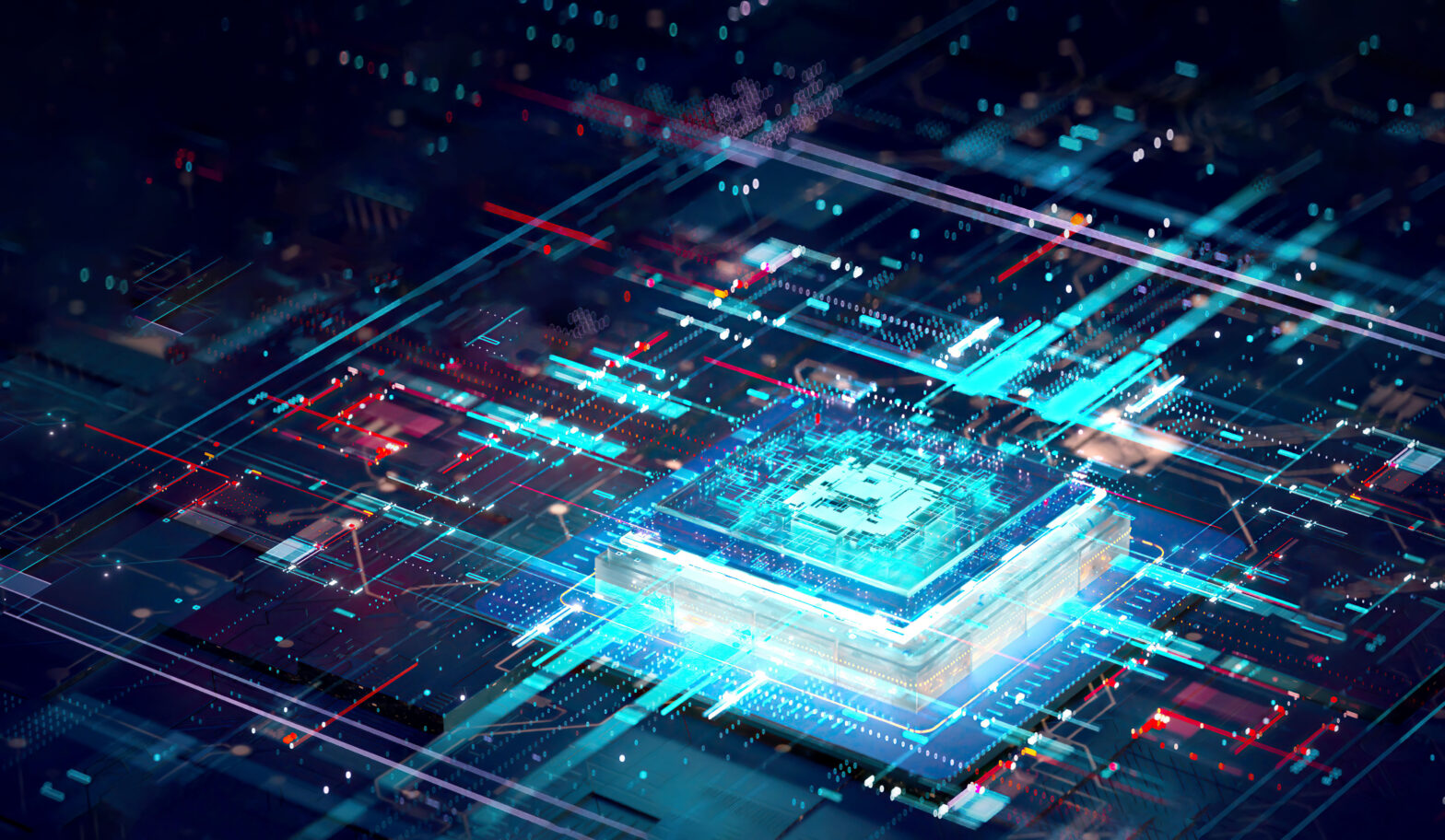The partnership between SingularityNET and Simuli.ai aims to speed up artificial general intelligence advancement, and will focus on the creation of a Metagraph Pattern Matching Chip (MPMC).
This new chip will host the two knowledge graph search algorithms, Breadth-First Search (BFS) and Depth-First Search (DFS).
Combining these building blocks for AI systems into one chip can enable more intuitive knowledge representation, reasoning and decision-making.
Once created, the MPMC will be integrated with Simuli’s pre-existing Hypervector Chip — which is used for processing data patterns with fewer processors than traditional hardware — to create an ‘AGI board’ that aims to accelerate realisation of artificial general intelligence capabilities.
The new hardware is set to be utilised by SingularityNET’s spin-off project TrueAGI to offer AGI-as-a-service to enterprise organisations.
Together, SingularityNET and Simuli.ai aim to mitigate common hardware constraints faced by AI developers, such as being limited to graphics processing units (GPU), which help devices handle graphics, effects and videos.
In addition, the project looks to lower the cost of AI training and interference by allowing for this to be achieved with less required hardware.
“The Simuli AGI board has strong potential to catalyse emergence of a new era of AI techniques and functions,” said Dr. Ben Goertzel, CEO of SingularityNET.
“The core of what we need to progress from narrow AI to AGI is of course the right cognitive architectures and learning and reasoning algorithms – but without the right hardware, even the best mathematics and software can’t run efficiently enough to have practical impact.
“So many AI methods we’ve been working on for decades, are going to finally be able to show their stuff in a practical sense when given the right hardware to run on.”
Rachel St.Clair, CEO of Simuli.ai, commented: “The power of optimising large scale AGI models to run faster by leveraging Simuli’s hardware platform is multifold.
“First, these AGI frameworks get rapid development that wasn’t exactly possible without large compute cost prior. Then, such a device as the AGI motherboard can expand the types of code that can be run scalably and efficiently in a single instance of the AGI model, for example Hyperon.
“Also, scalable computing is better for longevity of the planet and the technology itself, so optimising on both the SW/HW sides is key. This will likely result in AGI that’s better for everyone. We’re excited to be playing a role in tipping the scale from AI to AGI.”
Artificial general intelligence — a forward-looking term referring to machine intelligence that can solve problems and complete tasks to the same standard as a human — has been cited as a next step in AI development, with generative AI being the most prominent current innovation trend in the space. Read more about AGI here.
Related:
Why CIOs are turning to knowledge graphs for critical business help — Exploring the value of knowledge graphs for chief information officers (CIOs).
What ChatGPT means for developers — Will ChatGPT replace software developers, or will it make their jobs more enjoyable by doing the heavy lifting when it comes to writing boilerplate code, debugging and testing?







